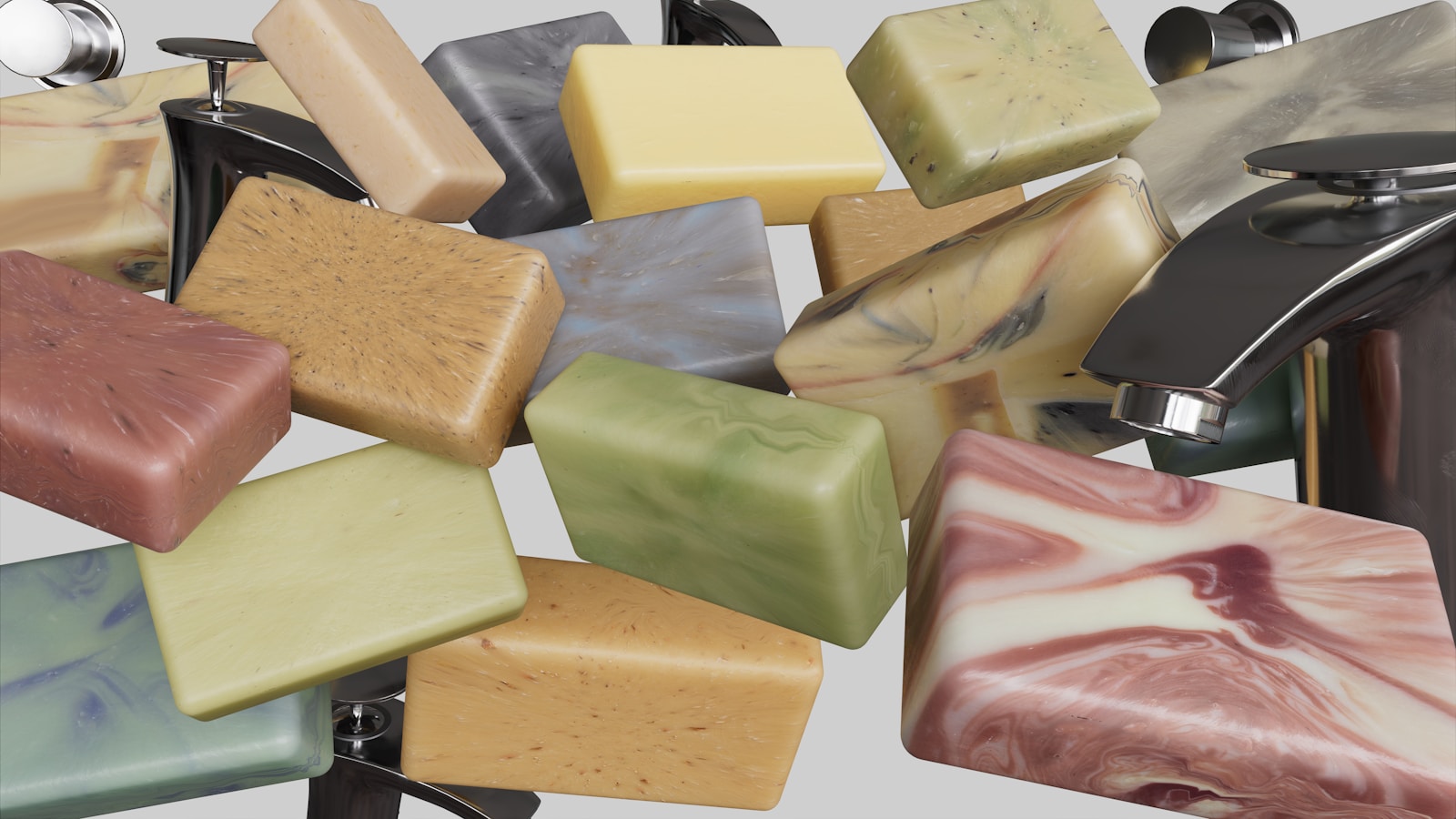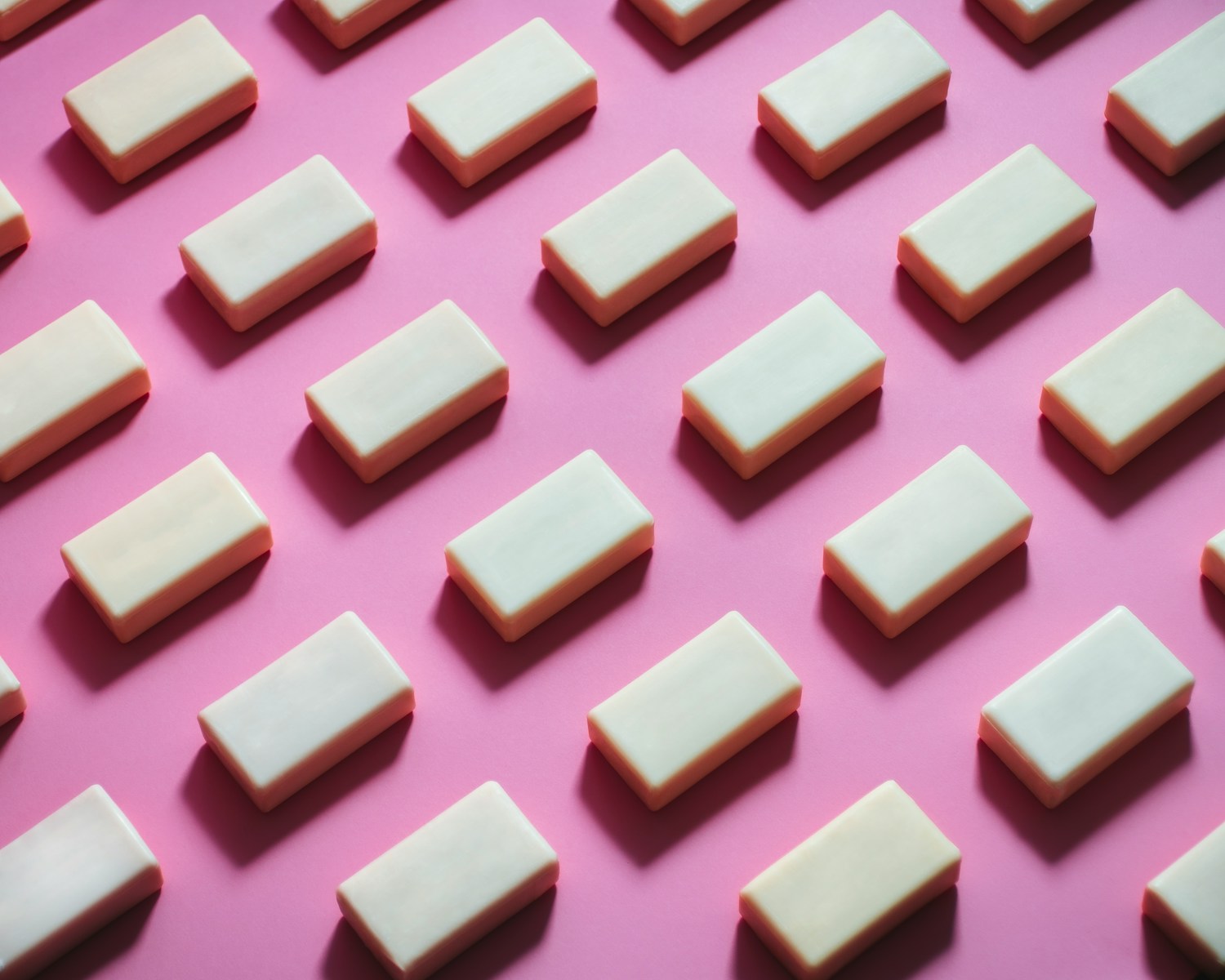Soap making is a popular hobby that allows individuals to create unique and beautiful bars of soap. Whether you are a seasoned soap maker or a beginner looking to try your hand at this craft, there are several tips and guides to help you create stunning and scented soap. Making soap can be a fun and rewarding experience, and with the right techniques, you can produce high-quality bars that are both beautiful and functional.
One of the first tips for making soap is to gather all the necessary materials and ingredients before you begin. This includes oils, lye, water, fragrances, and any additional additives you may want to include in your soap. It is important to measure out your ingredients carefully and follow your recipe closely to ensure that your soap turns out as intended. Using a digital scale is recommended for accurate measurements, as even small variations in ingredients can affect the final product.
When making soap, it is essential to follow proper safety precautions, especially when working with lye. Lye is a caustic substance that can cause burns if it comes into contact with your skin. Always wear gloves, goggles, and long sleeves when handling lye, and be sure to mix it with water in a well-ventilated area to avoid inhaling fumes. Additionally, it is a good idea to work on a protected surface, such as a stainless steel or heat-resistant plastic tray, to prevent any spills or accidents.
Another tip for creating beautiful soap is to experiment with different scents and colors. Adding fragrances and essential oils to your soap can give it a unique and pleasant aroma, while using natural colorants, such as mica powders or dried herbs, can create stunning visual effects. Be sure to research the properties of different essential oils and colorants before adding them to your soap, as some may cause skin irritation or discoloration. It is also important to test your scents and colors in small batches before making a large batch of soap to ensure that you achieve the desired results.
In addition to scents and colors, you can also customize your soap by adding exfoliants, such as oatmeal, coffee grounds, or dried flowers, to provide texture and additional skincare benefits. These additives can help to gently remove dead skin cells and leave your skin feeling soft and smooth. Be sure to consider the size and texture of your exfoliants when adding them to your soap, as large or abrasive particles may be too harsh for sensitive skin.
Once you have created your soap mixture and poured it into molds, it is important to allow it to cure properly before using or selling it. Curing is the process of allowing the soap to harden and dry out over a period of several weeks, during which time it will become milder and more stable. Be sure to store your soap in a cool, dry place with good air circulation to promote proper curing. After the curing period is complete, your soap will be ready to use or give as gifts to friends and family.
In conclusion, making soap can be a fun and creative process that allows you to express yourself through unique scents, colors, and textures. By following these tips and guides to soap making, you can create beautiful and scented soap that will delight your senses and nourish your skin. Whether you are a beginner or an experienced soap maker, there is always room to experiment and try new techniques to achieve the perfect bar of soap. So gather your materials, put on your gloves, and start creating your own masterpiece today.





